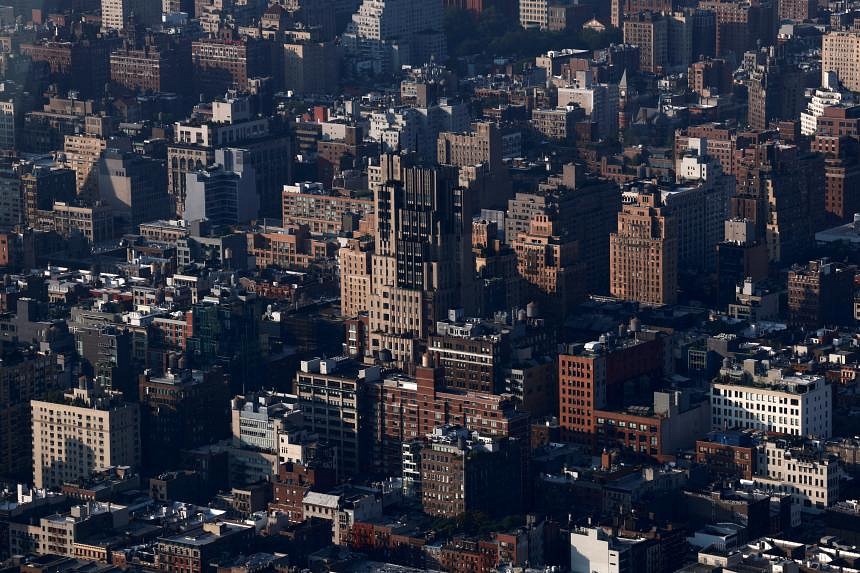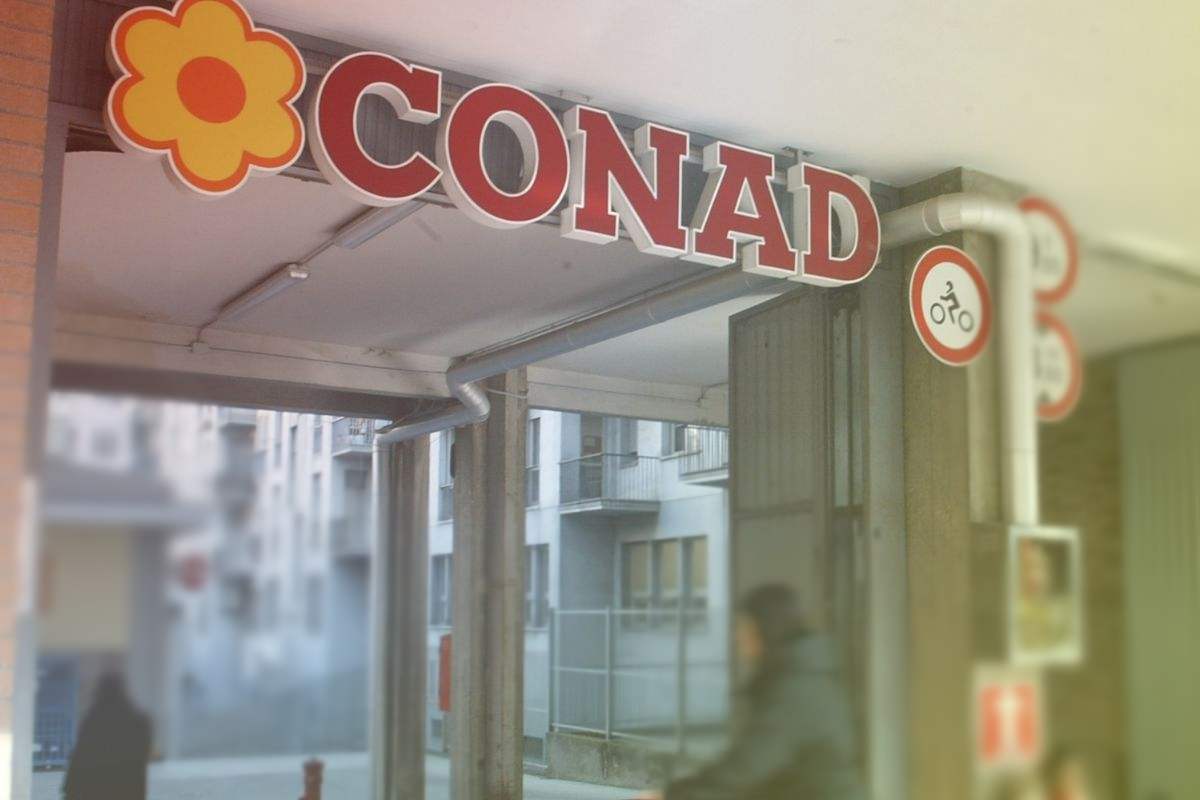No one ever said living in New York City is cheap. But surging expenses in recent years are threatening to squeeze home owners even more.
Fees paid to cooperatives and condominium boards have soared almost three times faster than the rate of inflation. Ever-tougher rules on inspections, escalating insurance premiums and preparations for a strict new climate law are adding hundreds or even thousands of dollars to monthly bills for residents already paying some of the world’s highest housing costs.
While the charges may be little more than an annoyance to the wealthy owner of a Park Avenue penthouse, they could force New Yorkers of more modest means – from families to seniors on fixed incomes to young first-time buyers – to give up on their hard-won foothold in the city.
“When you put it all together, we’re going to end up being a city of the very rich and the very poor,” said Ms Mary Ann Rothman, executive director of the Council of New York Cooperatives and Condominiums. The people in the middle who “want to make a commitment to the city by buying into co-ops and condos are going to be pushed out”.
Co-ops, or cooperative housing, are usually seen in more affordable apartment buildings, which residents collectively own and govern.
At one co-op on Riverside Drive, the bill for two recent inspections was US$28,000 (S$38,400), followed by fixes that totalled US$1.4 million. The cycle of near-constant repairs and construction across the city is pushing up insurance expenses, which have jumped more than 300 per cent for some properties. Upgrades to outdated heating and cooling systems could amount to US$25,000 for each home owner at certain buildings, according to an estimate from a supporter of the new carbon-emissions limits.
After years of steep inflation in the United States, New Yorkers are not alone in paying higher prices for everything from taxes to water, gas and electricity. As routine expenses have surged, so have the fees the city’s condo and co-op boards charge unit owners. Those bills – meant to cover utilities, labour and basic building maintenance – jumped roughly 54 per cent between the first quarter of 2020 and the third quarter of 2023, according to real estate appraiser Miller Samuel. Across the economy, US consumer prices rose 19 per cent in the same period.
Piled on top of that are costs related to complying with the city’s stricter building standards. Some home owners and real estate professionals complain that the rules are excessive, and speculate whether special interests that stand to profit might be behind them. Advocates argue the mandates – strengthened after a falling piece of terracotta struck and killed a pedestrian in 2019 – are needed to keep New Yorkers safe in their homes and on the city’s streets as properties age.
“All these regulations are really putting a severe financial strain on these buildings where the shareholders really don’t have the resources to pay for everything,” said Mr Gustavo Rusconi, vice-president and director of management at Argo Real Estate. “I understand they’re in place for safety reasons, but they really are squeezing everyone.”
‘Everything’s a cost’
By law, the exterior walls of every property of more than six storeys must be examined every five years. With each cycle, the city has added more requirements, which in turn have raised the costs of compliance.
Inspecting a 100-unit building in Brooklyn with about 61m of perimeter walls would cost roughly US$30,000, said Mr Peter Varsalona, principal and vice-president of Rand Engineering and Architecture. It would have been cheaper five years ago, before the city mandated that close-up inspection from scaffolding or other platforms must be done at every 18m – at a cost of roughly US$7,500 each. If it is a post-war building with cavity walls that need to be probed, another US$20,000 is added to the price.
In Mr Varsalona’s example, each unit would be responsible for a proportional share of the cost. While an additional US$500 or so for an inspection may not be a huge burden, the repair bill often can be.
In the wake of the pedestrian’s death, the city now bans repairs to damaged terracotta elements and instead requires that they be fully replaced. The tab could reach US$2.5 million as pieces are recast and other repairs are made, pipe scaffolding is rented, the project is insured and a consultant advises on the process, Mr Varsalona said. That would translate to US$25,000 on average that each owner in a 100-unit building would have to pay, on top of existing maintenance or common charges.
“Everything’s a cost. How much can you put on co-op shareholders? There are limits,” said Mr Varsalona, who is also president of the Council of New York Cooperatives and Condominiums. “Many owners are going to have to figure out if it is affordable to live in the city or not.”
2023-10-22 06:00:00
#York #City #home #owner #costs #rising #times #inflation #rate


